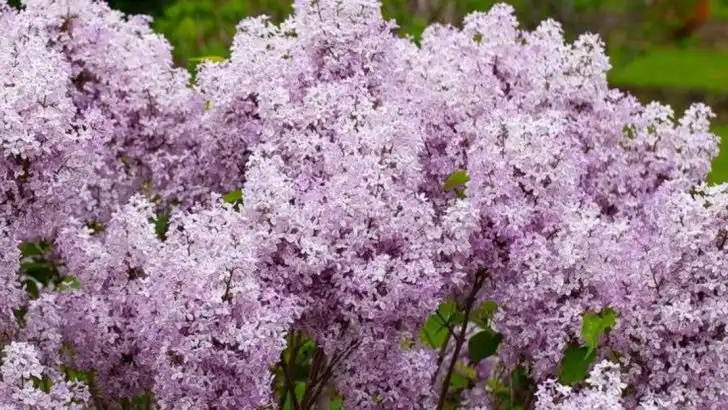If you’ve ever dreamed of a garden that not only smells divine but buzzes with life from dawn until dusk (and even after), you’re in for a treat. These 17 fragrant plants don’t just delight the senses—they’re also powerful magnets for pollinators. From the sweet scent of jasmine at night to the heady aroma of lavender in the sun, these plants keep the action going around the clock.
Pollinators like bees, butterflies, and moths rely on scent to find their next meal—and these plants are basically ringing the dinner bell. Some bloom early and draw in the day shift, while others release their intoxicating fragrance at night, calling in nocturnal visitors like hawk moths and night-flying beetles. The result? A garden alive with movement, sound, and natural energy, 24/7.
Whether you’re growing on a balcony, building a backyard retreat, or simply looking to add more life and scent to your green space, these selections are pollinator-approved and sensory-rich. Prepare to fall in love with plants that do more than just sit pretty—they turn your garden into a living perfume and pollinator haven.
Lavender
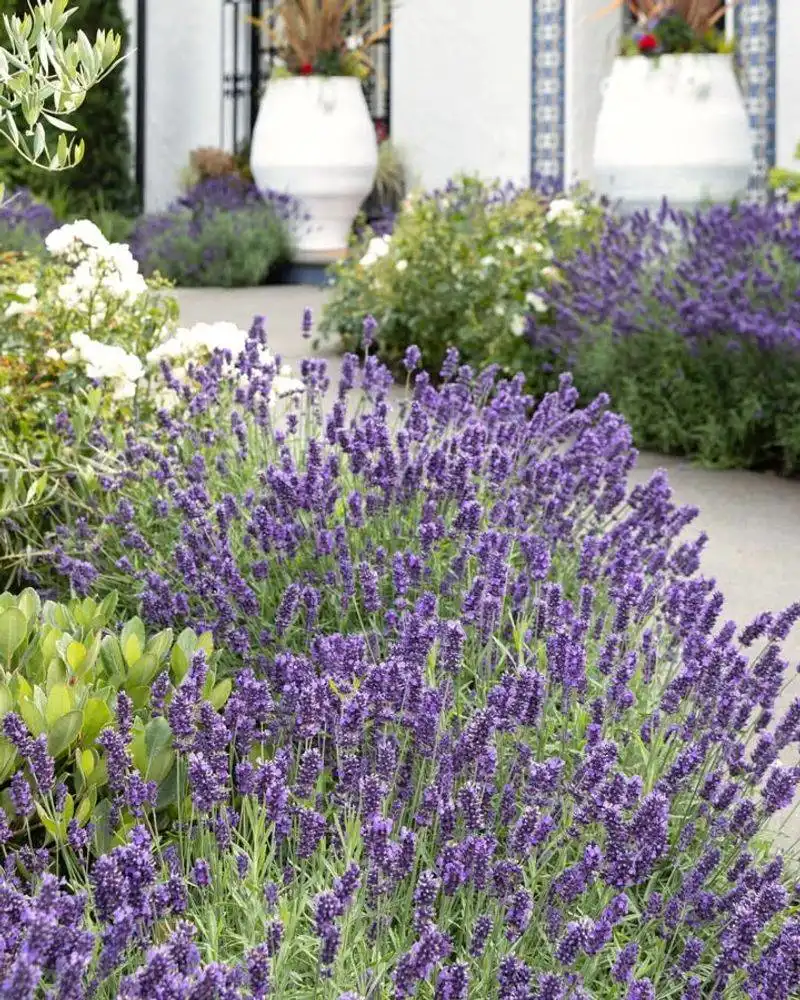
Lavender’s calming aroma wafts through gardens, drawing in not only humans but a plethora of pollinators. It’s akin to a welcoming mat for bees and butterflies, offering nectar in exchange for pollination. This hardy plant thrives in sunny spots, making it a garden staple across many regions. Its soothing scent is known to relax both mind and garden visitors alike. As twilight descends, the fragrance intensifies, ensuring nocturnal pollinators aren’t left out. Did you know? Lavender’s history stretches back to ancient Egypt, where it was used in embalming processes.
Jasmine
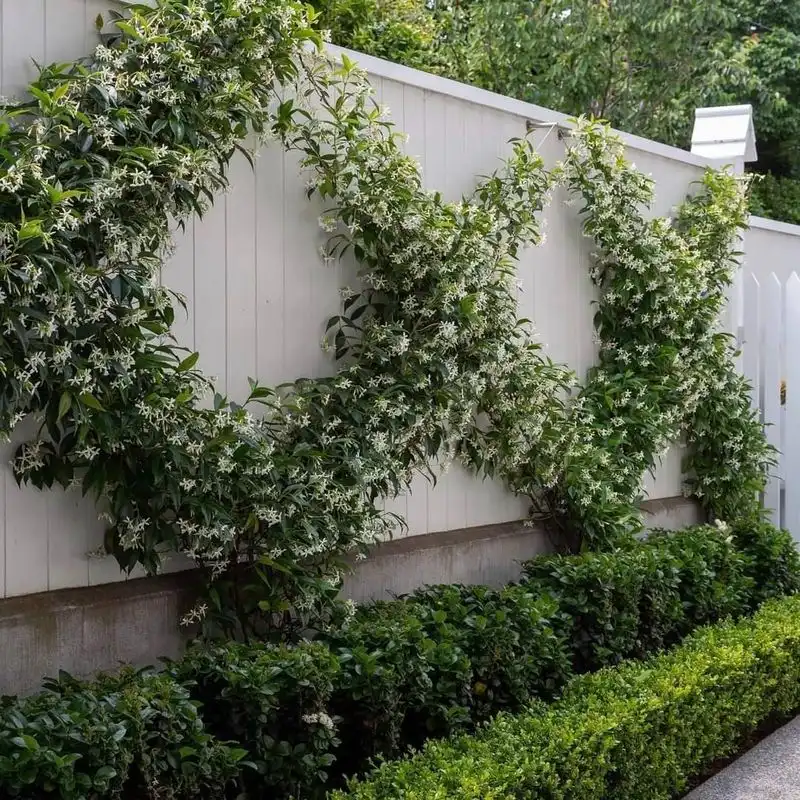
The intoxicating scent of jasmine is a nocturnal delight, crafted to allure evening pollinators like moths. Its perfume lingers in the air, a sweet serenade for creatures of the night. During the day, its ivory blossoms still manage to catch the attention of bees and butterflies. This versatile climber adds a touch of elegance to any garden, draping fences and trellises with grace. Historically, jasmine has been cherished in perfumery and traditional medicine, revered for its calming properties and its ability to attract love and passion.
Honeysuckle

Honeysuckle offers a visual and olfactory feast, with its vibrant blooms and sweet fragrance. This attractive vine is a magnet for pollinators, offering nectar to hummingbirds, bees, and butterflies during the day. Its tubular flowers are perfectly designed for these visitors. As night falls, the scent becomes more pronounced, drawing in nocturnal moths. Historically, honeysuckle has symbolized devoted love and affection, often found adorning gardens of romance throughout history. Its resilience makes it a favorite among gardeners looking to add charm and functionality.
Night-blooming Cereus
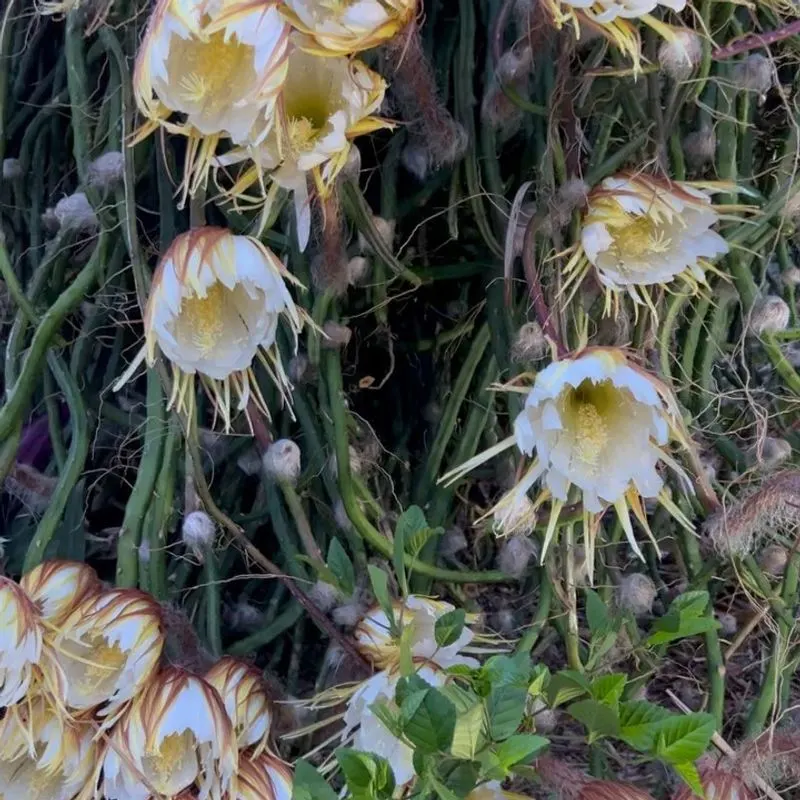
Night-blooming Cereus is a spectacle reserved for the nighttime gardener. This cactus, with its grand, white blossoms, blooms only under the moonlit sky, releasing a fragrance that beckons moths from afar. Its fleeting beauty is a reminder of nature’s ephemerality, as flowers open for just one night. Native to desert climates, it thrives in well-drained soil and offers a unique botanical experience. This plant is often associated with the mythical Phoenix, symbolizing resurrection and renewal, as its annual bloom brings a fresh start each season.
Bee Balm
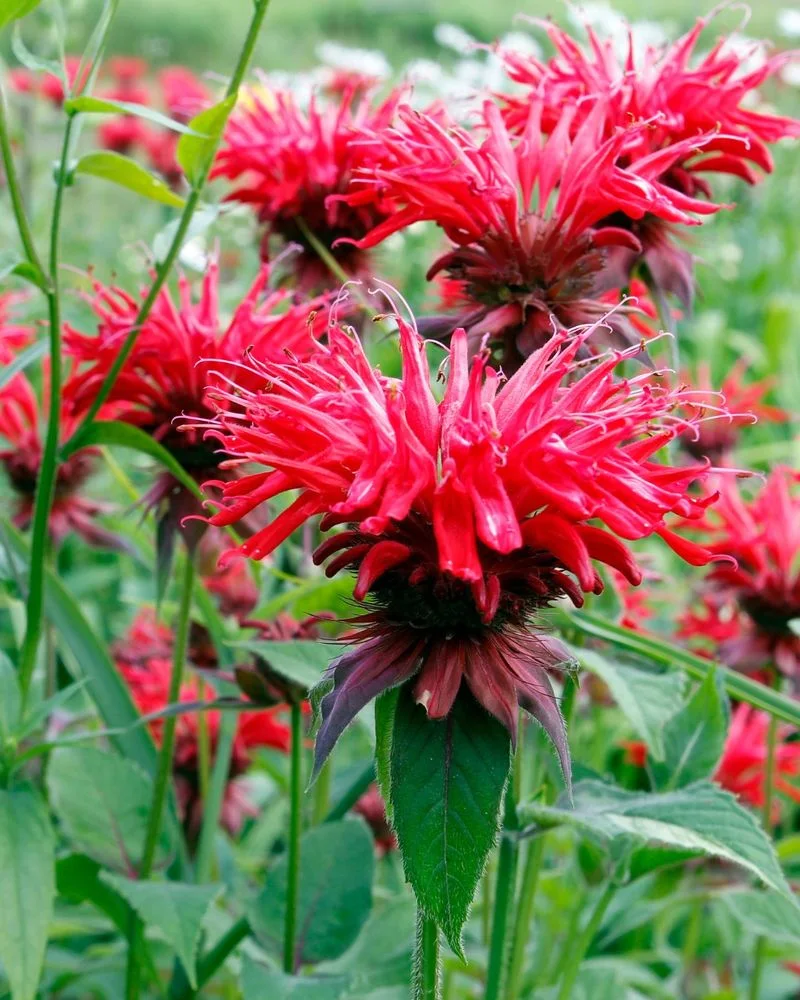
Bee Balm, known for its showy and aromatic flowers, creates a lively garden atmosphere. Its spicy scent and vivid colors act as a siren call to bees, butterflies, and hummingbirds alike. As its name suggests, it’s particularly popular with bees, providing essential nectar. This perennial is not just a pollinator favorite; its leaves can be used to brew a delightful herbal tea. Historically, Native Americans used bee balm for medicinal purposes, valuing its antiseptic properties. The plant’s resilience and beauty make it a gardener’s ally.
Angel’s Trumpet
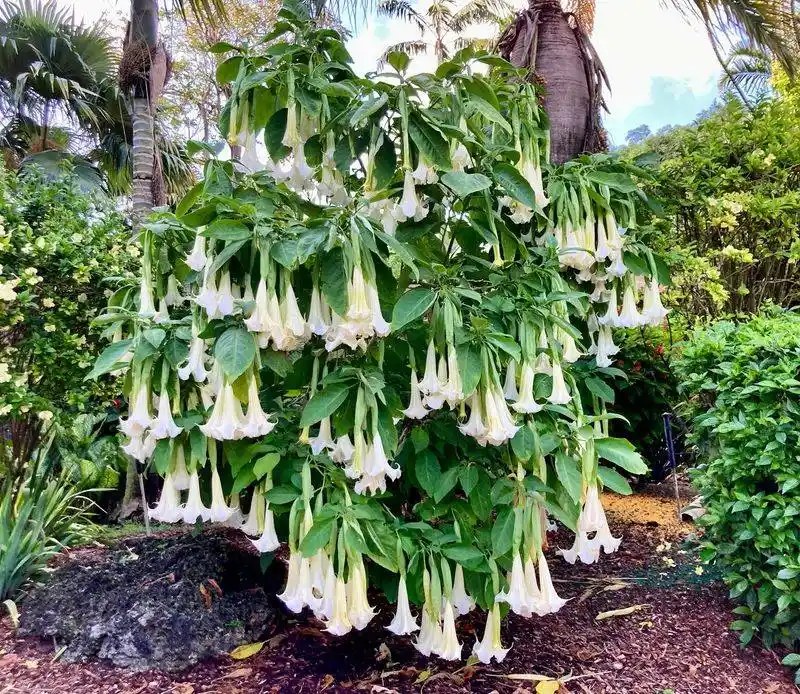
Angel’s Trumpet captivates with its dramatic, pendulous flowers and sweet, intoxicating scent. As evening approaches, its fragrance intensifies, beckoning moths and other nighttime pollinators. This plant’s large blooms hang like trumpets, adding a touch of drama to gardens. Caution is advised, as every part of Angel’s Trumpet is toxic if ingested. In folklore, it was considered a mystical plant, believed to ward off evil spirits. Gardeners cherish it for its striking beauty and the allure it brings to evening landscapes.
Sweet Alyssum

The delicate clusters of Sweet Alyssum are a delight for both pollinators and gardeners. Its honey-like fragrance is a constant presence in gardens, attracting a variety of insects. Bees, butterflies, and even beneficial predatory insects are drawn to its blooms. This low-growing plant serves as a charming ground cover, adding both aesthetic and ecological value. It’s a hardy annual, blooming from spring to frost, ensuring continuous attraction for garden visitors. Sweet Alyssum has also been used in traditional remedies, thought to bring calm and balance.
Lilac
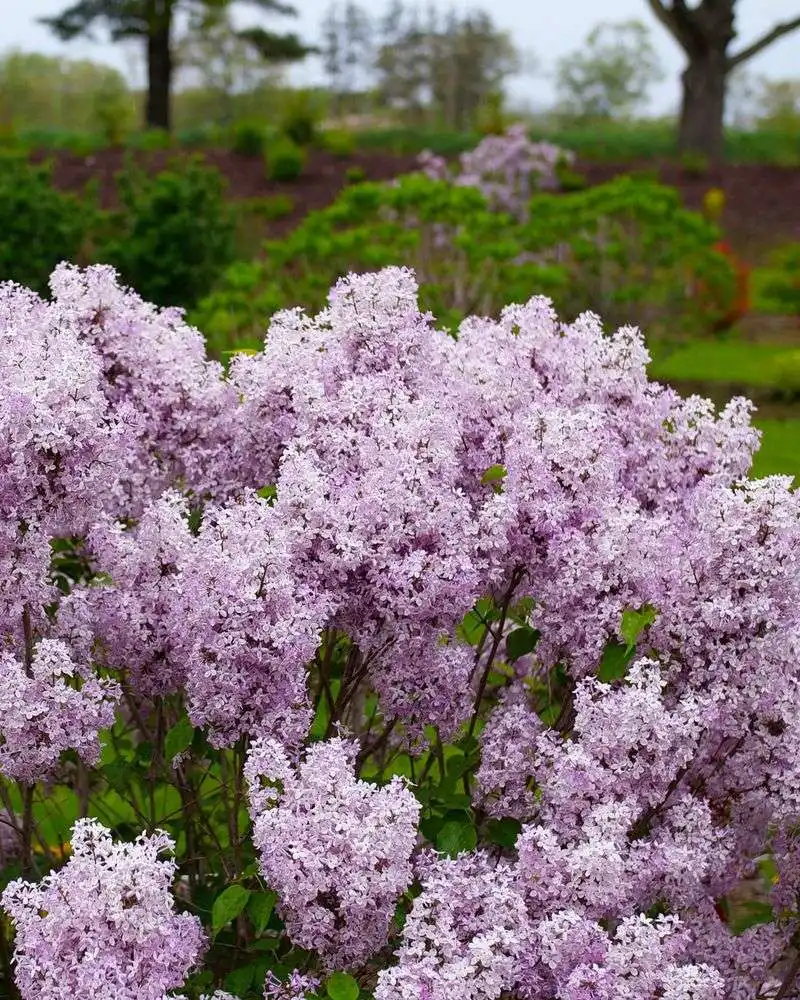
Lilac bushes are a springtime spectacle, offering a burst of color and a powerful, sweet fragrance. The scent is a universal invitation to pollinators, with bees and butterflies eagerly accepting. These shrubs are beloved for their ability to create a stunning floral display, perfect for hedges or standalone features. Lilacs have a storied place in culture, symbolizing renewal and confidence. Their short blooming season makes them a cherished highlight of spring gardens, ensuring that both gardeners and pollinators savor the moment.
Mock Orange

Mock Orange showcases clusters of fragrant white flowers, reminiscent of orange blossoms, despite being unrelated. This shrub’s heady scent is a favorite among bees, making it a vital addition to any pollinator-friendly garden. Its blooms create a dazzling display that can illuminate garden paths or border plantings. Mock Orange’s name hints at its citrusy fragrance, which has captivated gardeners for generations. This resilient shrub thrives in diverse conditions, offering versatility along with its sensory appeal. Its blooms are a highlight of late spring gardens.
Moonflower
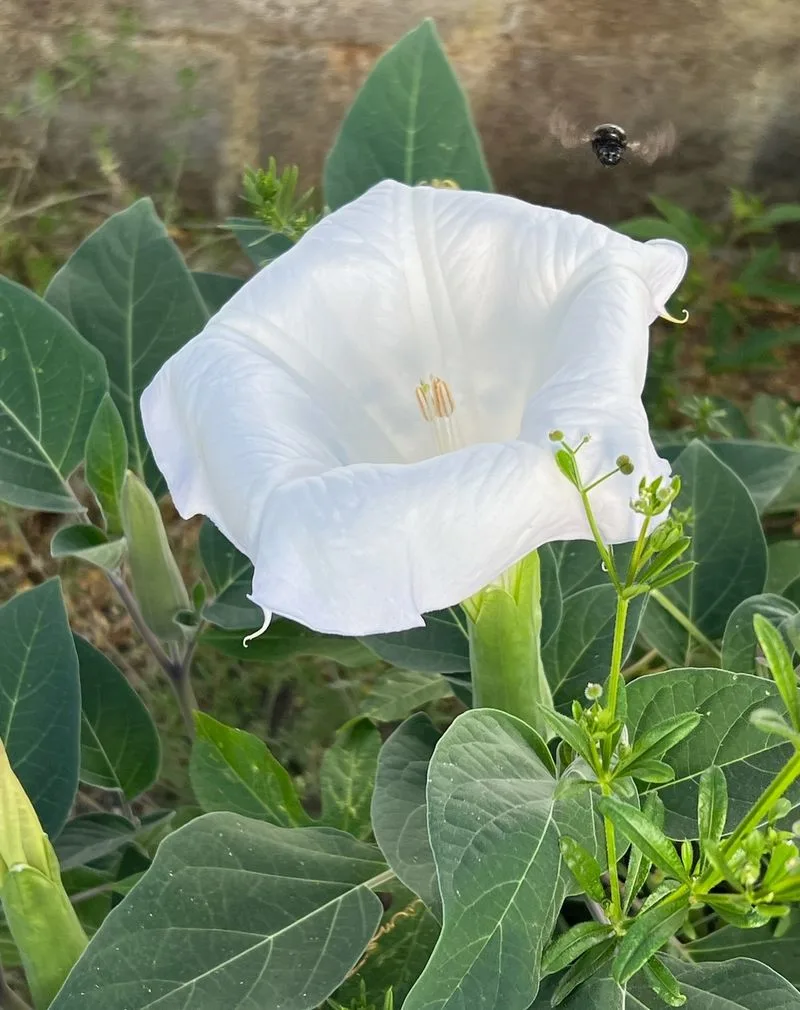
Moonflower’s enchanting blooms open as the sun sets, offering a visual and scented treat under the moonlight. Large, white blossoms release a fragrance that attracts nocturnal pollinators like moths. These climbing plants add a mystical touch to night gardens, unfurling their petals in the evening air. Though related to morning glories, moonflowers possess a unique nocturnal charm. Their rapid growth and dramatic flowers make them a favorite for covering fences and trellises. Moonflower’s evening performance is a testament to nature’s adaptability and allure.
Yarrow

Yarrow’s clusters of tiny, vivid flowers are a staple for pollinator gardens, offering ample nectar to bees and butterflies. Its fern-like leaves and aromatic scent contribute to its charm, encouraging beneficial insects to linger. A versatile perennial, yarrow thrives in various conditions, from meadows to garden borders. Its medicinal uses are well-documented, historically employed to treat wounds and reduce inflammation. Yarrow’s resilience and ability to attract pollinators make it a valuable asset in any garden seeking ecological harmony.
Fragrant Evening Primrose
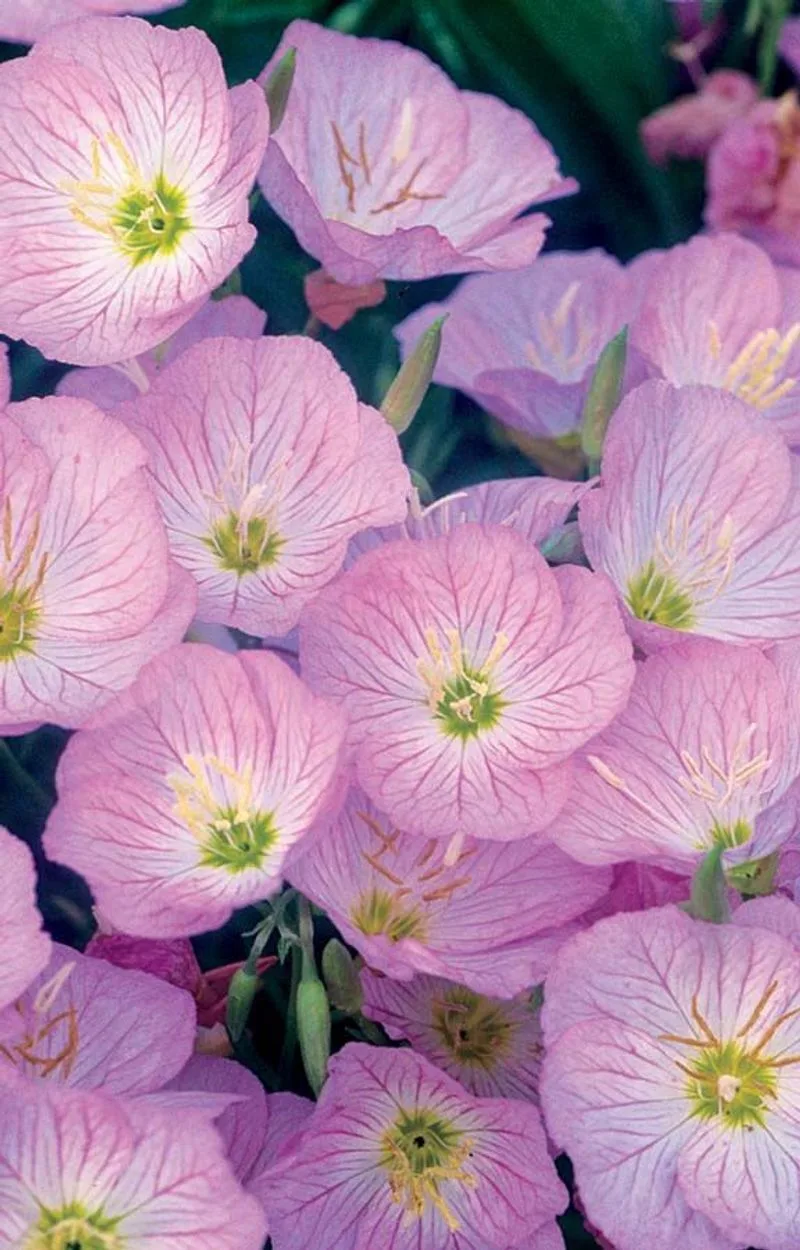
Fragrant Evening Primrose welcomes dusk with its vibrant yellow blooms, releasing a scent that draws night-flying pollinators. Moths and other nocturnal insects find these flowers irresistible as they unfurl in the evening. The plant’s adaptability to various soil types makes it a garden favorite across regions. Known for its medicinal properties, evening primrose oil is derived from its seeds, used in various health applications. This plant’s dual allure of beauty and utility ensures its place in both ornamental and functional gardens.
Garden Phlox

Garden Phlox offers a burst of color and fragrance, creating a vibrant hub for pollinators. Bees and butterflies are drawn to its rich nectar and vivid blooms, ensuring a lively garden scene. This perennial prefers sunny spots and well-drained soil, rewarding gardeners with a long flowering season. Garden Phlox is not only beautiful but also disease-resistant, making it a reliable choice. With its historical use in herbal remedies, this plant marries visual appeal with traditional value, enriching gardens with both form and function.
Tuberose
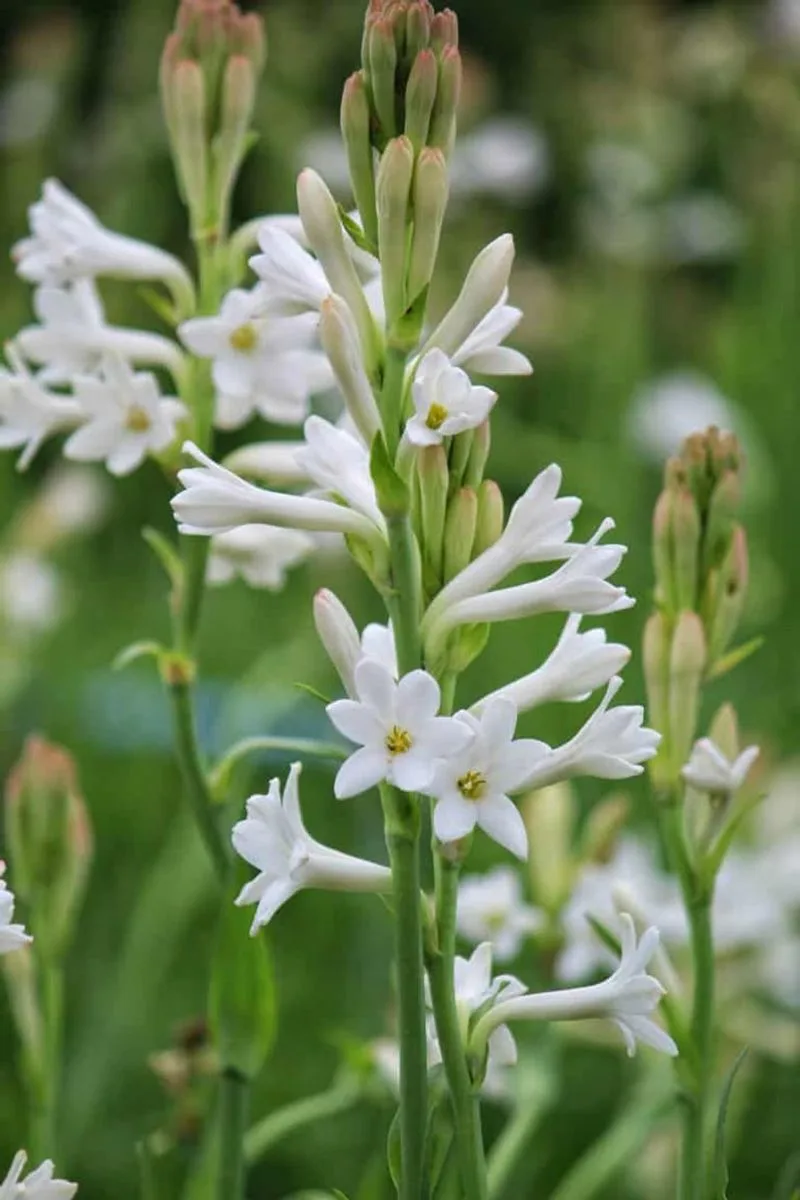
Tuberose’s luxurious fragrance is synonymous with evening allure, often used in perfumery. Its white blooms are a nighttime beacon for pollinators, releasing a heady scent as dusk approaches. This plant’s elegant flowers are cherished for their beauty and fragrance. Tuberose requires careful cultivation, thriving in well-drained soil and warm climates. Historically, it has been associated with love and sensuality, its scent considered an aphrodisiac. By night or by day, tuberose adds a touch of sophistication and allure to any garden.
Salvia
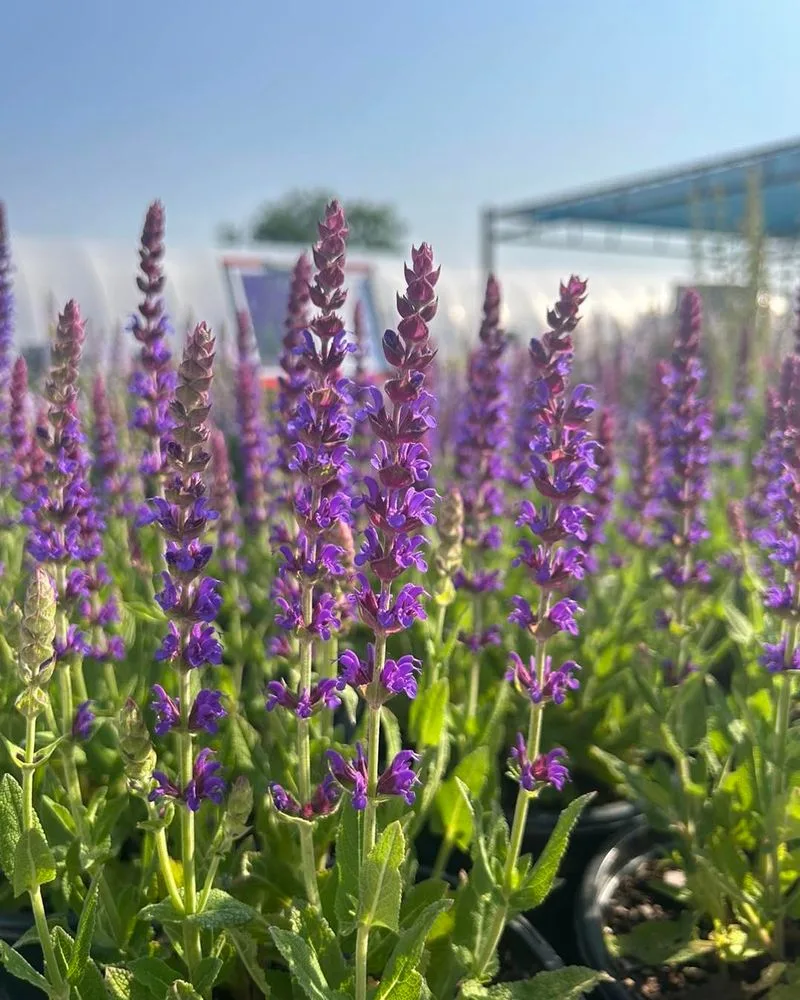
Salvia’s vibrant spikes of color are a magnet for pollinators, particularly hummingbirds. Its aromatic foliage and striking blooms create a dynamic garden feature. This hardy perennial can adapt to a range of climates, making it a versatile addition to gardens. Salvia’s historical use in culinary and medicinal applications adds to its appeal. Gardeners appreciate its drought tolerance and ability to attract beneficial insects. The plant’s long blooming season ensures ongoing interest, with its vivid colors and lively visitors creating a garden spectacle.
Sweet Bay Magnolia
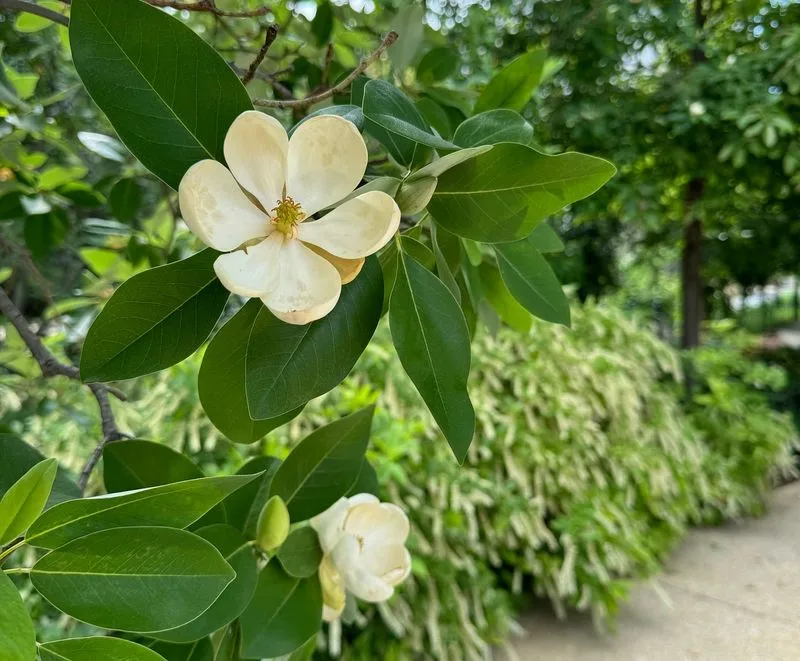
Sweet Bay Magnolia’s creamy white flowers exude a lemony fragrance, enchanting bees and other insects. This small tree or shrub adds elegance to gardens, with its glossy leaves and aromatic blooms. Pollinators find its nectar-rich flowers irresistible, ensuring a steady stream of garden visitors. Native to the southeastern United States, it thrives in moist, well-drained soils. Sweet Bay Magnolia is not only admired for its beauty but also for its historical significance, with traditional uses in perfumery and herbal medicine.

